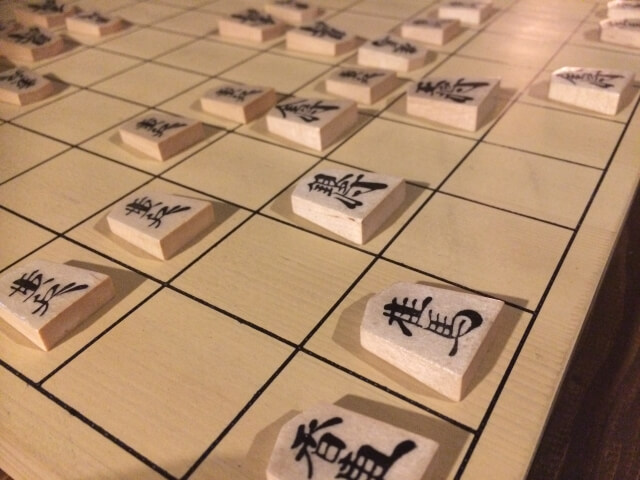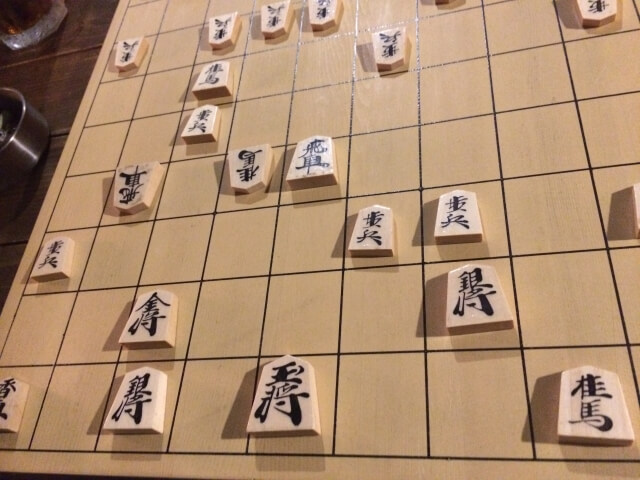-
- USA/Canada 1-800-285-2726
- Australia (02) 8006 4411

Shogi, Japanese chess, was derived from Shatranga, ancient Indian chess. Shatranga spread into Eurasia continent, and in each area, Shatranga developed in their unique way. In western countries, chess was born, and in Japan, Shogi was born. We can’t know the exact time when the origin of Shogi came to Japan and when present Shogi was started playing. However, according to a research, almost same type of Shogi was started playing in 11th century.

Shogi is played by two people on a board composed of rectangles in a grid of 9 by 9, and each player has a set of 20 wedge-shaped pieces. The direction that each of them can move is different. As a different point from chess, Shogi allow captured pieces to be returned to the board by the capturing player. When the king captured, or either of players give up to continue, the game will be done. To make Shogi more popular abroad, there’s “international” Shogi. In this set, pieces have symbols that show their movements via icons. By using this set, even foreign players who can’t read kanji can try Shogi more easily. If you became to want to play Shogi, you can do on computer right now!
Pick up your own travel-sized Shogi board at Don Quijote, Daiso, or another 100 Yen or discount retailer in Japan! Play on the tour bus or while riding the shinkansen with your small group tour and guide with Japan Deluxe Tours!
Building model kits is a popular hobby in Japan enjoyed by anime fans and craftsmen alike.
Kendama is a traditional Japanese toy similar to the classic cup-and-ball game.
Gacha Gacha Machines are vending machines that dispense toys in Japan.
The art of folding a piece of paper and creating different shapes.
Cho-Han is a traditional dice gambling game in Japan.
Japanese Mahjong is a variation of mahjong popular in Japan
Reversi is a popular board game played in Japan.
Japanese Warriors